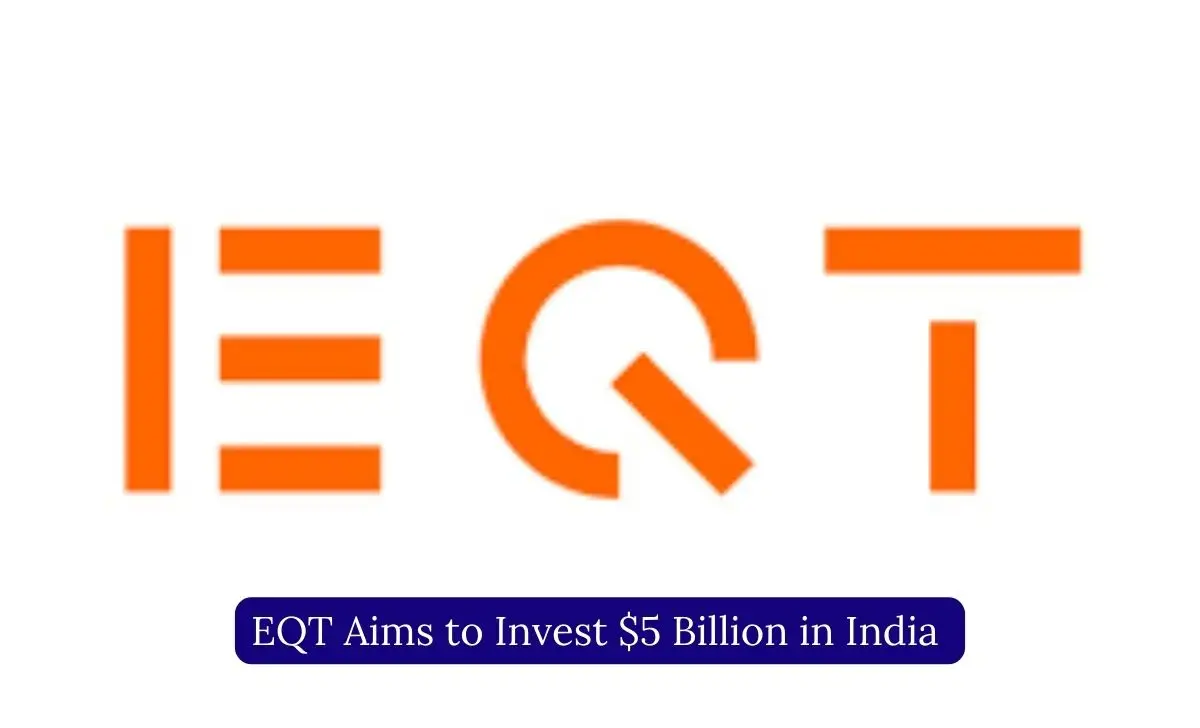Navigating Market Trends: Insights from Kenneth Andrade on Banking, Pharma, and More
In a recent video interview with ET Now, Kenneth Andrade, Founder & CIO of Old Bridge Capital Management, shared his perspectives on the current market scenario, offering valuable insights into various sectors. This article delves into Andrade’s views on banking stocks, the metal sector, premium liquor, pharmaceuticals, and the mutual fund space.
1. Banking Stocks: A Cautious Approach
Kenneth Andrade expressed a cautious stance on large-cap financials, emphasizing the pushback from Foreign Institutional Investors (FIIs) due to expensive Indian valuations. He highlighted a preference for Non-Banking Financial Companies (NBFCs) over private banking names, stating his avoidance of banking stocks at the moment.
2. Metals Sector: Potential Opportunities
Contrary to the market sentiment on metals, Kenneth Andrade sees potential in Indian metal companies. He noted that while balance sheets have improved, the key factor for future growth is a potential upswing in steel prices, which he anticipates in the 2024 calendar year.
3. Premium Liquor Segment: Riding the Wave
Discussing the premium liquor segment, Andrade pointed out its growth potential. He attributed this to India’s rising per capita income and consumption of alcohol. He emphasized the importance of riding the wave of premiumization trends within the category.
Also Read:
4. Unsecured Lending: A Preferred Space
Andrade shared his preference for unsecured lending, particularly in the NBFC space. He highlighted the opportunities in this sector, citing a significant demand for unsecured loans and the potential for higher yields, provided risk management is effectively implemented.
5. Pharma Sector: Growth and Opportunities
Kenneth Andrade expressed optimism about the pharmaceutical sector, citing clean balance sheets, high cash flow generation, and increased capacities. He believes that the growth in profitability for pharmaceutical companies, especially those targeting international markets, will contribute to a positive outlook.
6. Energy Sector: Opportunities and Caution
Andrade discussed the challenges in the energy sector, particularly in oil and gas. He cautioned investors to tread carefully, considering the valuation of companies in this space. However, he acknowledged the inflationary impact on energy costs, which could positively influence profitability.
7. Mutual Fund Entry: Old Bridge Capital’s Approach
Addressing Old Bridge Capital’s entry into the mutual fund space, Andrade emphasized the extension of their product profile. He highlighted the competitive landscape and the importance of building a niche and a unique investment style rather than focusing solely on distribution.
Conclusion: Kenneth Andrade’s insights
Kenneth Andrade’s insights provide a comprehensive view of the current market trends. Investors may find value in his cautious approach to banking stocks, optimism in the metal and pharmaceutical sectors, and strategic entry into the mutual fund space by Old Bridge Capital. As always, individual investors are encouraged to conduct thorough research before making investment decisions in the dynamic market environment.
Navigating Market Trends: Insights from Kenneth Andrade on Banking, Pharma, and More Read More »









